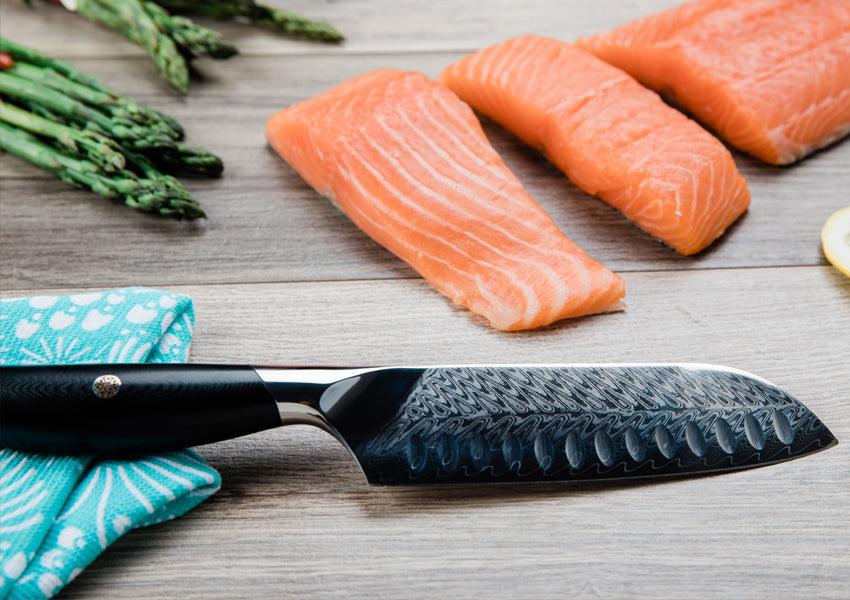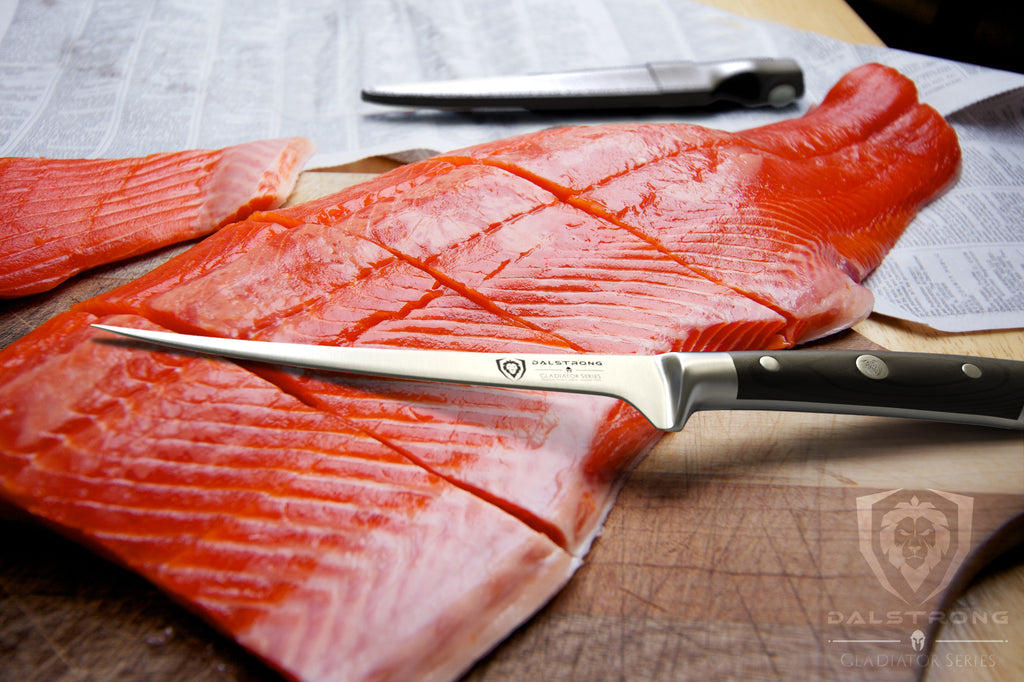As a kitchen hobbyist, maintaining the condition of your knives is essential to a seamless cooking experience. Over time, even the best knives can accumulate nicks and dings, reducing their efficiency and potentially causing uneven cuts. In this article, we will explore ‘how to remove nicks from a knife blade’ using simple, practical steps approved by experts in the field. Our goal is to restore your blades to their former glory, ensuring a terrific cooking experience.

Understanding Knife Nicks
Nicks are small dents or chips along the edge of a knife blade. These imperfections can be caused by repeated use, contact with hard surfaces, or improper storage. Recognizing the types and severity of nicks will help in determining the best approach for removal.
Types of Nicks:
- Minor Nicks: Small, shallow dents that do not significantly affect the blade’s edge.
- Moderate Nicks: More noticeable dents or chips that can impact the performance of the knife.
- Severe Nicks: Deep chips that can render a knife unusable without proper repair.
Different types of nicks may require specific tools and techniques for repair, so it’s crucial to assess the damage carefully before proceeding.

Tools You Will Need
Having the right tools at hand is paramount when fixing any knife. Heres a list of items you’ll need:
- Burr stone or whetstone: To grind down the nicks.
- Sharpening stone: For refining the edge after the nicks are removed.
- Leather strop: To polish and ensure a smooth, sharp edge.
- Water or honing oil: To make sure the sharpening process is smooth.
Make sure to gather these tools before you begin, as each step is crucial to restoring your knife’s edge.

Step-by-Step Guide to Removing Nicks
Step 1: Assess the Damage
Carefully examine your knife to identify the number, size, and severity of the nicks. This will dictate how aggressive you need to be in the initial grinding phase.
Step 2: Use a Burr Stone or Whetstone
Begin by soaking your burr stone or whetstone in water for about 10-15 minutes. For severe nicks, you might want to start with a coarse grind stone.
Step 3: Grinding Down the Nicks
Position your knife at a 20-degree angle against the stone. Start grinding back and forth evenly until the nicks are minimized. Consistent pressure and angle control are key to making sure you don’t inflict new damage.
Step 4: Sharpen the Blade
Once the nicks are smoothed out, switch to a medium or fine grit stone. Sharpen your knife at the same 20-degree angle. Continue sharpening until you achieve a sharp edge.
Step 5: Polishing with a Leather Strop
After sharpening, use a leather strop to polish your blade. This final step ensures your knife is smooth and razor-sharp. Swipe the blade about 10-15 times on each side.

Maintenance Tips to Prevent Future Nicks
Proper Storage
Store your knives in a knife block or on magnetic strips to avoid contact with other utensils and hard surfaces.
Regular Sharpening
Regularly sharpen your knives to maintain their edge and prevent minor damage from becoming severe.
Use a Cutting Board
Always use a wooden or plastic cutting board. Avoid cutting on hard surfaces like ceramic plates or countertops.
FAQs
Is it safe to use a knife with nicks?
While generally safe, using knives with nicks can result in uneven cuts and reduced effectiveness. It’s best to repair nicks as soon as possible.
Can all nicks be repaired at home?
Minor and moderate nicks can typically be repaired at home with the right tools. For severe damage, it might be best to consult a professional.
How often should I sharpen my knives to avoid nicks?
Sharpen your knives every few weeks to keep them in optimal condition and prevent the formation of new nicks.
For a detailed guide on different types of kitchen knives, you can visit the following external link.
Explore more about proper knife maintenance: Sharpen a Chef Knife, Sharpen Rapala Knife, Fillet Knife Size.
As an Amazon Associate, I earn from qualifying purchases.


